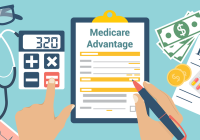Supporting The Clinical Teacher of the Future
As the healthcare landscape evolves, it is crucial to address physician shortages by increasing medical school positions and residency slots. Equally important to clinician shortages is the importance of enhancing the teaching capabilities within the current physician workforce. Understanding that both barriers exist, we need to address the financial limitations and skill-based challenges that hinder the development of… Read More »









